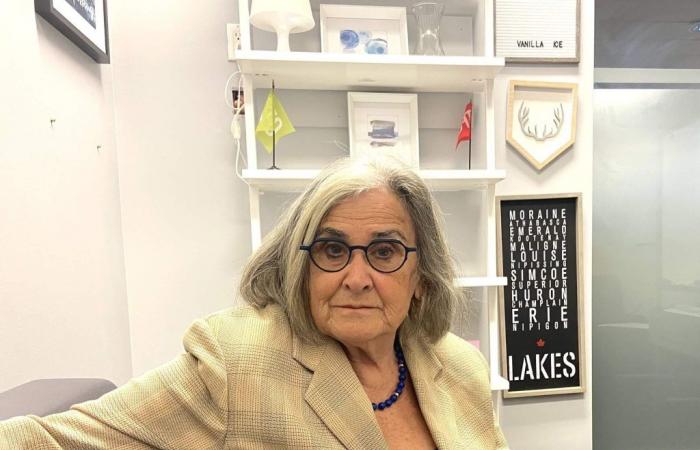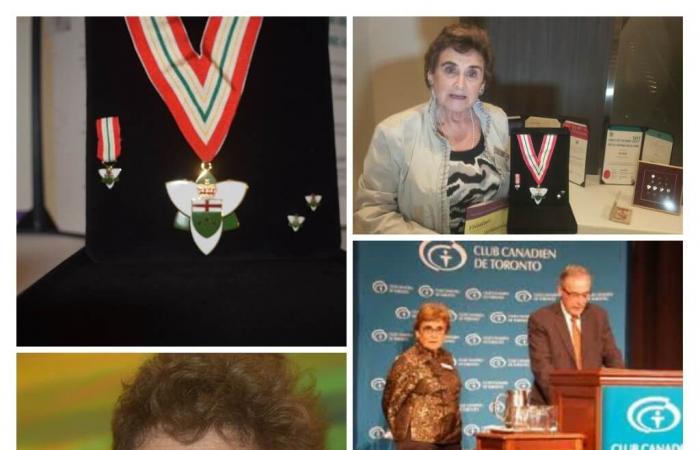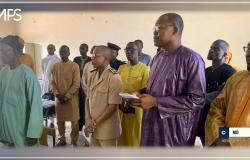[LA RENCONTRE D’ONFR]
Contagious joker and outspoken, such is Diane Chaperon-Lor who, during her prolific career, has distinguished herself in the media and culture. A communicator in the arts, friend of artists and full member of the Franco-Ontarian community, for whom she has “boundless” admiration, she traces her rich journey to the effervescent era of a blossoming French Ontario.
“ You grew up in Chicoutimi before settling in Toronto for most of your life. Do you feel Franco-Ontarian?
Yes indeed. I stayed in Chicoutimi until I was 19. I feel Quebecois, of course, but I am fundamentally Franco-Ontarian. Most of my life and professional experiences were spent in Ontario, which allowed me to open up to the world and thrive in all international environments.
When you entered working life, what did French Ontario and the major institutions look like?
When I arrived from Quebec, I found it so strange that we had to fight to have French-speaking schools, for example. Franco-Ontarians have always fought to establish institutions and that is why I have developed boundless respect for French Ontario and its tenacity.
It was an extraordinary time with an environment in turmoil because everything was permitted. There were many resources, no budget cuts or cuts to culture: the emergence of artists in Ontario, the creation of publishing houses, La Nuit sur l’étang, etc. In the 1970s, many Quebec companies moved to Ontario. Radio-Canada even established its offices there in those years. Toronto is still the financial, economic and cultural capital of the country and that of French Ontario too.


What led you to work in the media?
I studied political science at the University of Ottawa. The media is public affairs, and public affairs is politics. It was a smooth transition that made enough sense to me. As politics is a comedy, that explains my transition to the world of entertainment! I’ve always needed a little bit of eccentricity. Genius and madness coexist in politics as in the arts.


How would you summarize the important milestones of your diverse career?
Arriving in Toronto, I started at Radio-Canada (RC) for eight years, before a break of several years at the Center for Research in Franco-Ontarian Education (CREFO-OISE), to finally return for four years as director of communications for Ontario.
At CREFO-OISE, I participated in a research project on school battles in French Ontario, leading to the publication of the book A minority explains from the University of Toronto Press. A wonderful experience.
I also worked with the ancestor of TVOntario (TFO-TVO), the Ontario Educational Telecommunications Authority (OTEO), when RC broadcast French content on Sundays on that network. I remained linked to it subsequently for the promotion of my projects.
At the same time, I have always been involved in the community, including 30 years of volunteering at the Canadian Club of Toronto since its creation, as a member of the board of directors, then president in 1996. I was also the first president of the Federation of Francophone Seniors and Retirees of Ontario, FARFO (formerly FAFO).
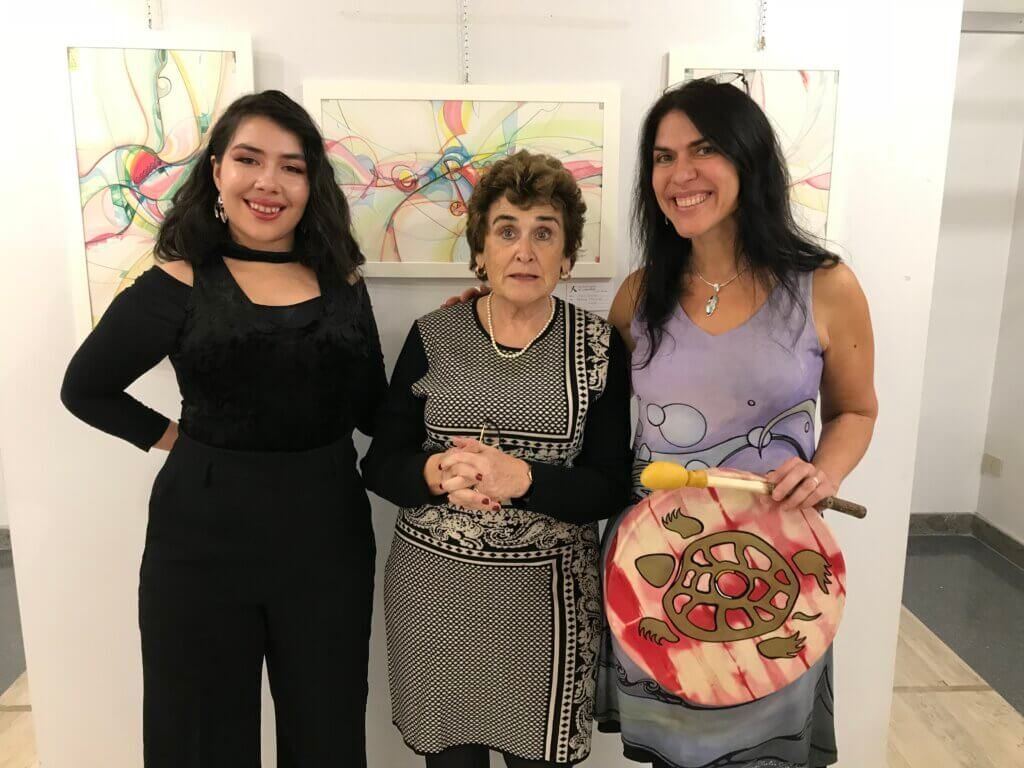

You subsequently distinguished yourself greatly in the artistic world…
After a decade as head of publicity at the cultural organization Harbourfront Centre, during the last third of my career, I freelanced in art public relations. I was recruited as national press officer for the Governor General’s Awards in Visual and Media Arts for 9 years.
For Canadian Geographic magazine, I was in charge of press relations for the Canadian Environment Awards for eight seasons. With the Ontario Museum Association, I planned the launch of the “May Museum Month” campaign for its inception in the year 2000.
Working with the Canada Council for the Arts on the 400e of the Francophonie in 2015, and the creation of a digital museum, I realized that the media are the electronic archives of French Ontario.
It’s a period that you yourself describe as a golden age for the arts…
When I was head of advertising at Harbourfront, the center experienced a period of abundance. Sponsors from the largest companies have enabled numerous events of international scope which have served as a springboard for the careers of many artists.
There was a boom in all disciplines: theater, literature, dance, music… it was extraordinary. We generated millions of dollars in advertising for all the international shows and festivals that came to Toronto. It was a golden age for the arts. In particular, I introduced French speakers to the English-speaking press.
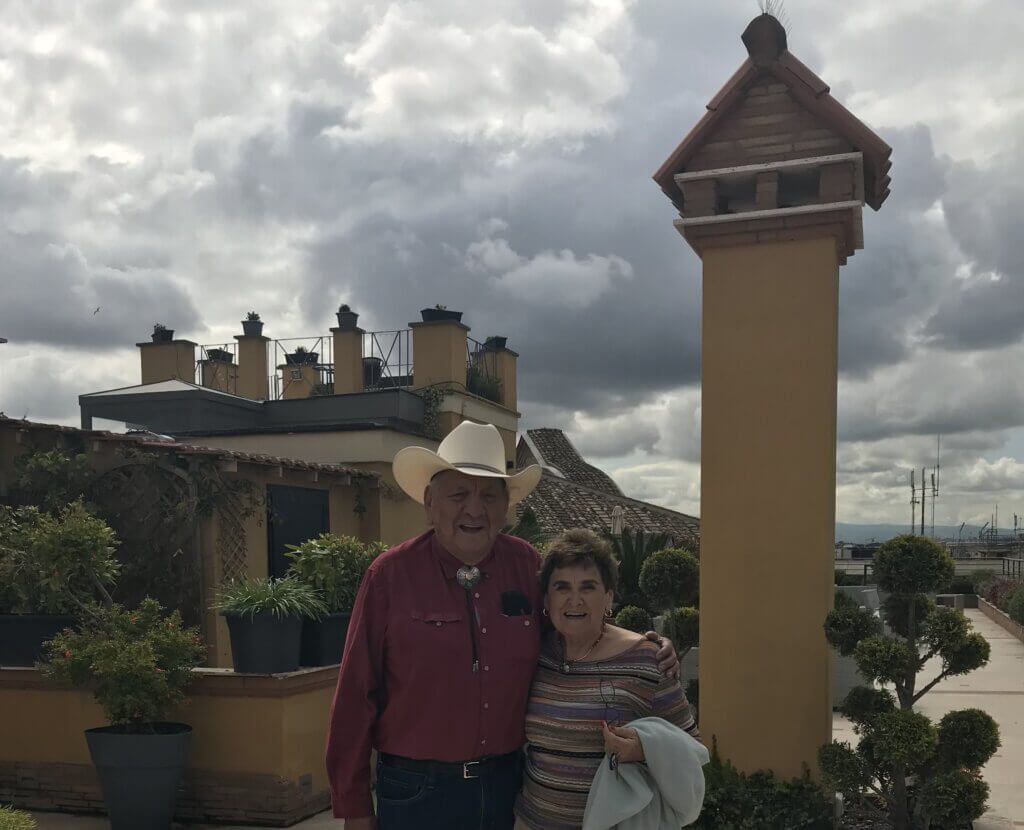

You have always evolved in French-speaking and English-speaking environments. Why was this important to you?
In my opinion, the Franco-Ontarian community cannot isolate itself. I have worked my entire career with French and English networks and also with the press and international artistic circles. You have to be open to the world. As a Franco-Ontarian media it’s the same, you must not alienate yourself from your audience.
What do you see as the issues and challenges facing Franco-Ontarian organizations today?
The situation of Franco-Ontarians has a political dimension. We must not trust governments, but give ourselves the tools to make decisions. With past budget cuts, we know that government directions can change overnight.
The big challenge is that you must never take what you have for granted, because it is indeed a constant battle. The next generation is indebted to those who came before them and must have the same principles of integrity and resilience. Everything that exists today was first created by people who are now seniors, who volunteered, who campaigned and campaigned. Nothing is served on a silver platter in French Ontario.
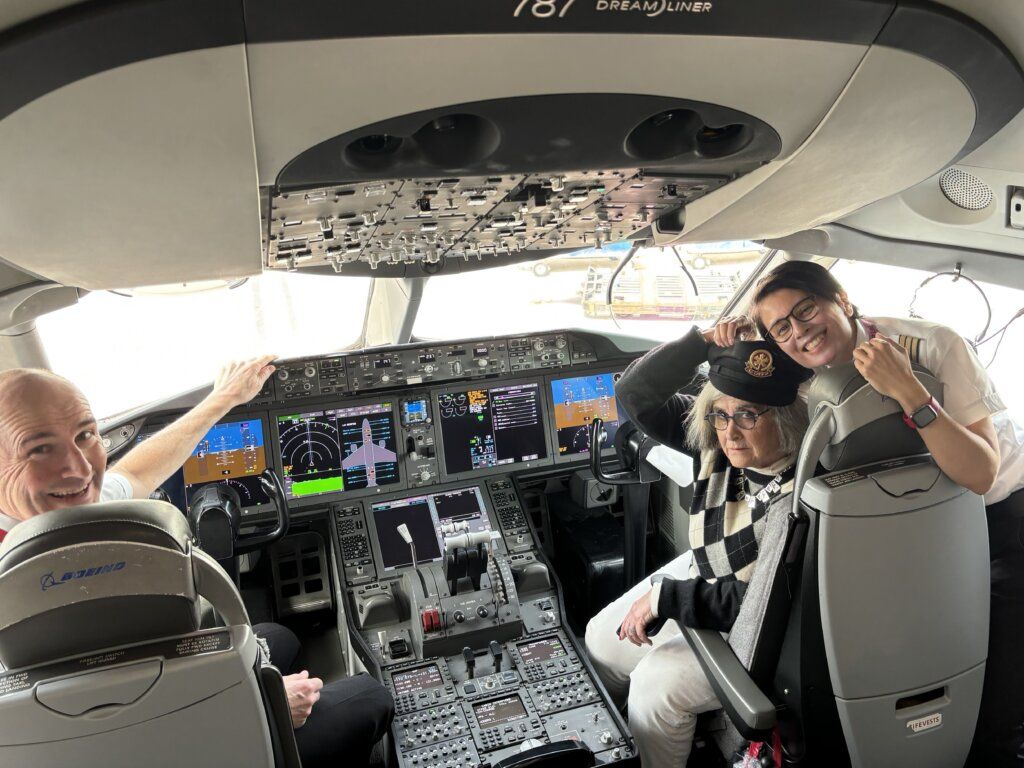

You didn’t stop there and continued to promote the arts afterward.
If retirement is about doing what you want with who you want when you want, that’s what I did. In 2018, I organized two exhibitions with Italian watercolorists and Canadian Indigenous painters in Rome, including the great painter Alex Janvier, who I had become friends with through the Governor General’s Awards.
The previous year, I had organized an exhibition for him in France as well, Indigenous art in the colors of Burgundy. When you work with artists, the notion of retirement doesn’t exist. My painter friend Rita Letendre, for whom I was the press officer, only stopped painting because she lost her sight.
What place do the arts occupy in your life today?
Language without culture is an empty shell so I assiduously follow the activities of the Toronto Historical Society (SHT), the Canadian Circle of Montreal, the numerous concerts of French-speaking artists during the Franco-fête and the Francophonie en Fête de Toronto , etc. I attend Voix du coeur concerts, visual artist exhibitions, not forgetting our French Theater, which has offered high-caliber programming for over 50 years. »
DIANE CHAPERON-LOR’S KEY DATES:
1947 : Born January 5 in Chicoutimi, Saguenay, Quebec.
1968: Departure to study political science at the University of Ottawa, marked by the October 1970 crisis.
1970: Research agent for the official opposition in the House of Commons of Canada and move to Toronto, where she joined Radio-Canada.
1990: Then director of communications for Ontario, she left Radio-Canada and became head of advertising at the cultural organization Harbourfront Center.
2000: The Canada Council for the Arts asked her to become the national press secretary for the Governor General’s Visual Arts Awards.
2015 : Last tribute during the Pan American Games in Toronto to her painter friend Rita Letendre, for whom she was the press officer.

